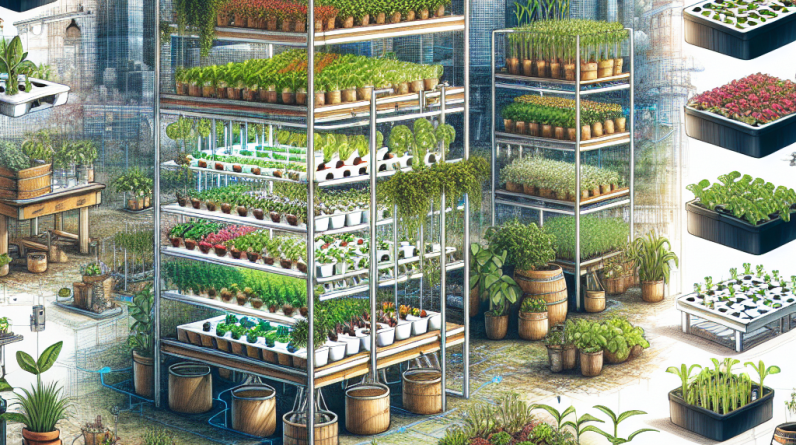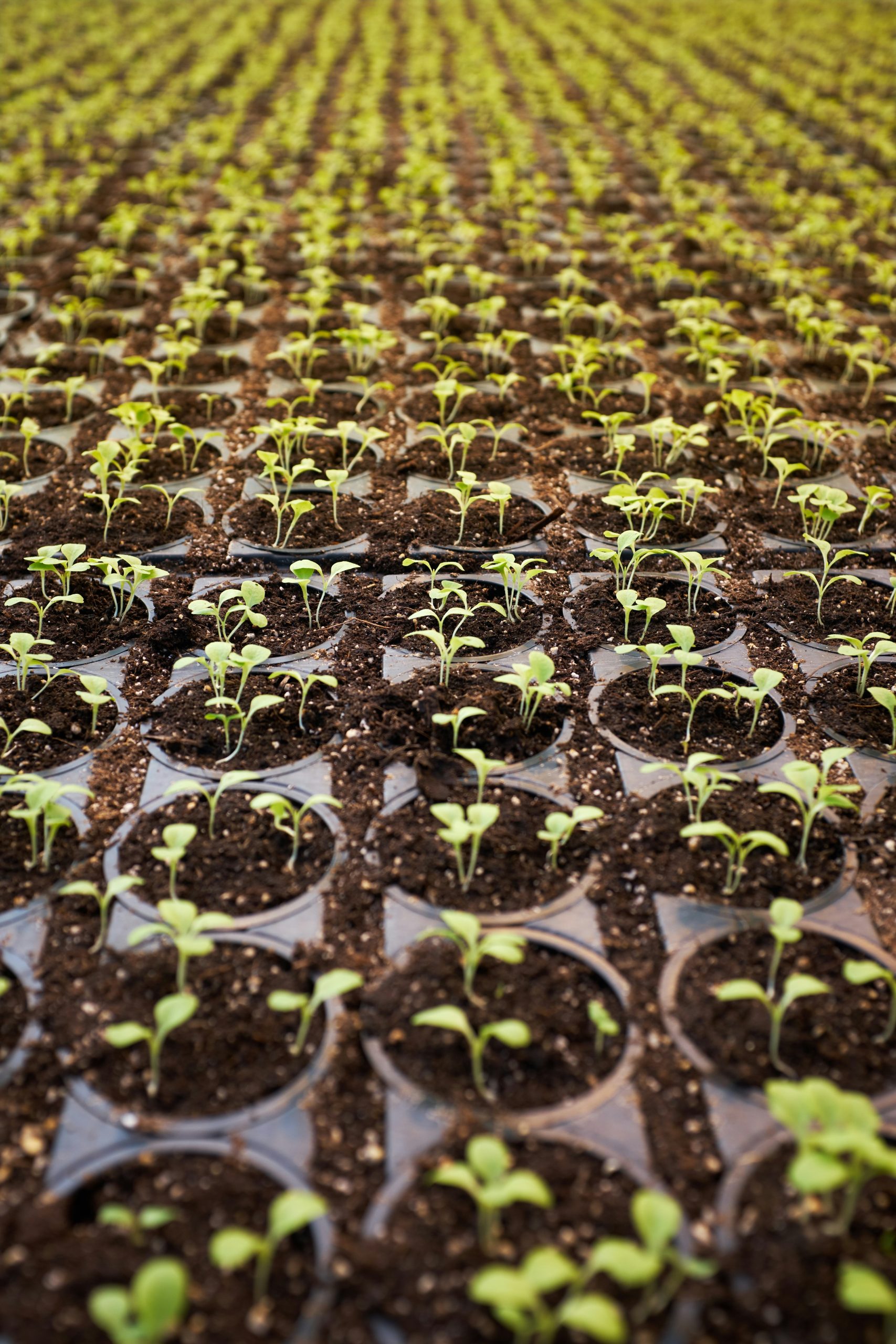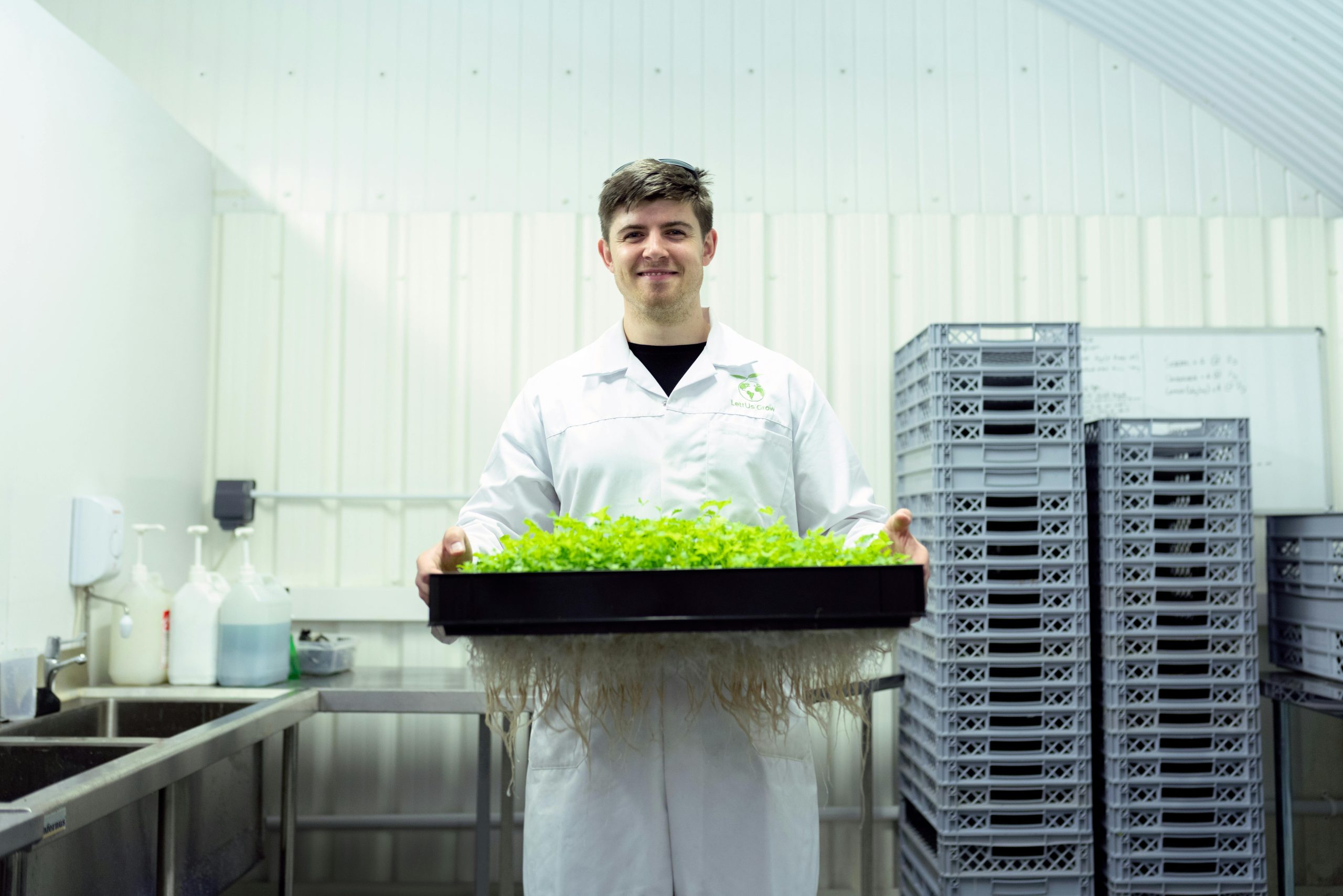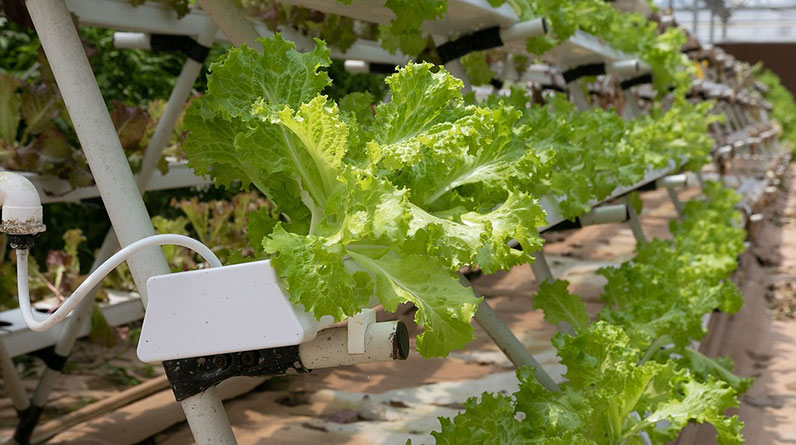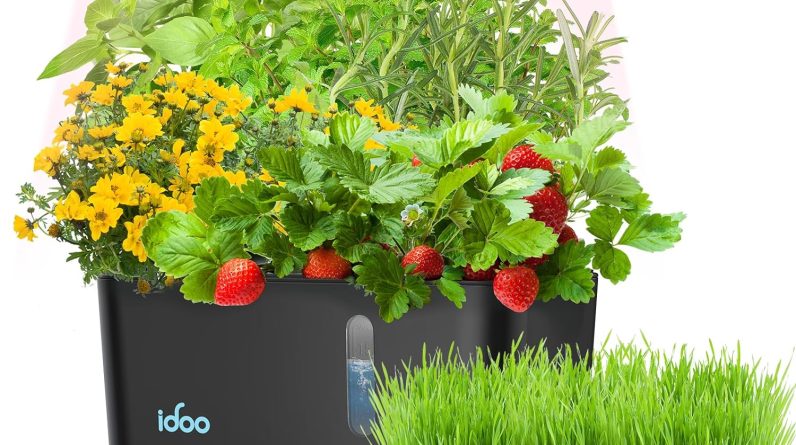
- 1. Understanding Hydroponic Nutrient Solution Basics
- 2. Choosing the Right Hydroponic Nutrient Solution Composition
- 3. Monitoring and Adjusting pH Levels
- 4. Developing a Nutrient Schedule for Different Crops
1. Understanding Hydroponic Nutrient Solution Basics
What Is a Hydroponic Nutrient Solution?
The hydroponic nutrient solution is a specially formulated mix of essential minerals and nutrients dissolved in water, designed to support healthy plant growth in soilless systems. Unlike traditional soil-based cultivation, where nutrients are naturally present, hydroponic systems rely entirely on this solution to supply all necessary elements.
In 2025, advancements have made hydroponic nutrient solutions more efficient, with tailored formulas for different crops and growth stages. This innovation allows growers to maximize yields while reducing waste and environmental impact.
Understanding the composition of a hydroponic nutrient solution is fundamental for any grower. Typically, it contains macronutrients like nitrogen, phosphorus, and potassium, along with micronutrients such as magnesium, calcium, iron, and trace elements. Precise balancing of these nutrients ensures optimal plant health and productivity.
Key Components of a Hydroponic Nutrient Solution
The core of any hydroponic nutrient solution lies in its balanced blend of nutrients. Researchers in 2025 have identified that the ratios of these nutrients significantly influence plant growth rates and disease resistance.
Popular formulations now include organic options that boost flavor and nutritional quality, appealing to organic farmers. Commercial growers often use pre-mixed solutions or tailor their own to fit specific plant needs.
To create your own nutrient solution, you need high-quality mineral sources. For example, using calcium nitrate for calcium and nitrogen or potassium sulfate for potassium can make a substantial difference in plant health and yield.
Importance of Water Quality in Hydroponic Nutrient Solution
The quality of water used is critical for a successful nutrient solution. Hard water with high mineral content can interfere with nutrient availability, while soft water might lack essential minerals.
In 2025, many growers invest in water testing kits to ensure their water meets optimal parameters before adding nutrients. Adjustments like filtration or pH balancing are common practices.
Using purified or reverse osmosis water can help in achieving consistent results, especially when scaling commercial hydroponic systems. Regular monitoring helps prevent nutrient lockout and deficiencies.
2. Choosing the Right Hydroponic Nutrient Solution Composition
Formulating a Nutrient Solution for Different Crops
Different plants have unique nutrient requirements. For example, leafy greens like lettuce thrive with higher nitrogen levels, while fruiting crops like tomatoes need more phosphorus and potassium. In 2025, custom formulations are increasingly tailored to crop-specific needs, boosting efficiency and productivity.
Understanding these needs allows growers to adjust nutrient concentrations accordingly. Using commercial premixed solutions or creating your own blends based on crop demands can lead to healthier plants and better yields.
For instance, root vegetables might require a different balance than flowering plants. Keeping detailed records helps refine formulations over time, especially with the integration of smart sensors.
Managing Nutrient Ratios for Optimal Growth
Maintaining the right ratio of macronutrients, such as NPK, is vital. An imbalance can cause deficiencies or toxicities, impacting plant growth. Optimal ratios depend on the specific stage of growthâvegetative or floweringâand plant type.
Modern hydroponic growers in 2025 often rely on digital controllers that automatically adjust nutrient flow based on real-time sensor data. This technology enhances precision and reduces human error.
Regular testing of the hydroponic nutrient solution is recommended. Utilizing tools such as EC meters, pH testers, and nutrient analyzers ensures your solution remains within the ideal ranges defined for your crops.
Incorporating Organic and Sustainable Nutrients
Sustainable practices are gaining momentum. In 2025, many growers opt for organic nutrient solutions to reduce environmental impact. These solutions often include natural mineral sources and compost teas.
Organic nutrient formulations can be more forgiving and promote beneficial microbial activity. However, they also require careful management to prevent clogging or imbalance.
Balancing sustainability with efficiency requires knowledge and experience, but the benefits include healthier plants and better marketability for eco-conscious consumers.
3. Monitoring and Adjusting pH Levels of the Hydroponic Nutrient Solution
Why pH Balance Matters
The pH level of your hydroponic nutrient solution directly affects nutrient availability to plants. Most crops prefer a pH range of 5.5 to 6.5, which allows maximum uptake of nutrients.
In 2025, growers have access to advanced pH monitoring devices that provide real-time data, enabling quick adjustments. Consistent pH control prevents deficiencies and ensures uniform growth.
Monitoring pH helps to identify potential issues early, such as build-up of salts or microbial activity that could alter the solution’s acidity or alkalinity.
Methods for Maintaining Proper pH Levels
Regularly testing your solution with digital pH meters is best practice. Adjustments can be made using pH up or pH down solutions, sourced from safe, food-grade ingredients.
Automated dosing systems are increasingly popular in 2025, maintaining optimal pH levels without manual intervention. These systems analyze pH and dispense precise amounts of balancing agents.
Implementing a weekly check schedule ensures stability over time. Also, managing environmental factors like temperature and circulation can influence pH levels naturally.
Troubleshooting pH Fluctuations
If you notice sudden pH shifts, inspect your system for issues such as root rot, algal growth, or mineral deposits. These factors can cause pH swings, disrupting nutrient absorption.
Flush and replace the nutrient solution periodically to reset pH levels. Use high-quality pH stabilizers to minimize fluctuations.
In 2025, research suggests that integrating IoT-enabled sensors and AI systems helps in predicting pH changes before they occur, allowing proactive management.
4. Developing a Nutrient Schedule for Different Crops
Creating a Growth-Stage Based Nutrient Plan
Different growth stages demand different nutrient concentrations. Seedlings might require lower nutrient levels, while mature plants need full-strength solutions. In 2025, automated systems help customize schedules based on plant growth data.
Monitoring plant health indicators like leaf color and vigor guides adjustments. A well-planned nutrient schedule keeps plants healthy and maximizes yields.
Implementing modular nutrient schedules allows for flexibility and easier troubleshooting when issues arise.
Seasonal and Environmental Considerations
Environmental factors, including light, temperature, and humidity, influence nutrient uptake in 2025. Adjust your nutrient schedule to align with seasonal changes and local climate conditions.
For example, during hotter months, plants may transpire more, requiring increased nutrient concentrations to support growth. Incorporate weather forecasts into your planning.
Furthermore, optimizing nutrient delivery during different seasons can improve resource efficiency and reduce waste.
Using Data and Technology to Optimize Nutrient Timing
Data-driven decision-making is essential in 2025. Tools like sensors, climate monitors, and plant health analysis provide insights into the right timing for nutrient adjustments.
AI-powered platforms can analyze this data to recommend precise nutrient inputs, reducing guesswork and improving consistency.
Keeping detailed records of your hydroponic nutrient solution schedules helps refine strategies over time, leading to higher yields and better quality crops.
Frequently Asked Questions
1. What is a hydroponic nutrient solution?
The hydroponic nutrient solution is a carefully balanced mixture of minerals and nutrients dissolved in water, essential for plant growth in soilless cultivation systems. It supplies all necessary macro- and micronutrients directly to the roots.
2. How often should I change the hydroponic nutrient solution?
Most systems benefit from a complete change every 1-2 weeks to prevent salt buildup and maintain nutrient balance. Regular testing ensures the solution remains within optimal pH and EC levels for healthy growth.
3. Can I use organic nutrients in my hydroponic nutrient solution?
Yes, organic nutrients are increasingly popular in 2025 for environmentally conscious growers. They include natural mineral sources and compost teas, but require careful management to prevent clogging and imbalance.
4. How do I maintain the correct pH in my hydroponic nutrient solution?
Consistent pH monitoring with digital meters is crucial. Use pH adjusters like pH up/down solutions for corrections and consider automation systems for precise, ongoing control.
5. Why is the hydroponic nutrient solution important for plant health?
The hydroponic nutrient solution delivers essential nutrients directly to plant roots, which is critical for supporting rapid growth, high yields, and disease resistanceâespecially important in 2025’s high-tech growing environments.
Conclusion
In 2025, mastering the art of the hydroponic nutrient solution is more vital than ever for achieving optimal crop yields and quality. By understanding its key components, properly managing pH levels, tailoring nutrient schedules, and embracing technological advances, you can elevate your hydroponic gardening to new heights. Remember, the success of your hydroponic system hinges on the quality and management of your hydroponic nutrient solution. Stay informed, experiment wisely, and enjoy bountiful harvests this year and beyond!


